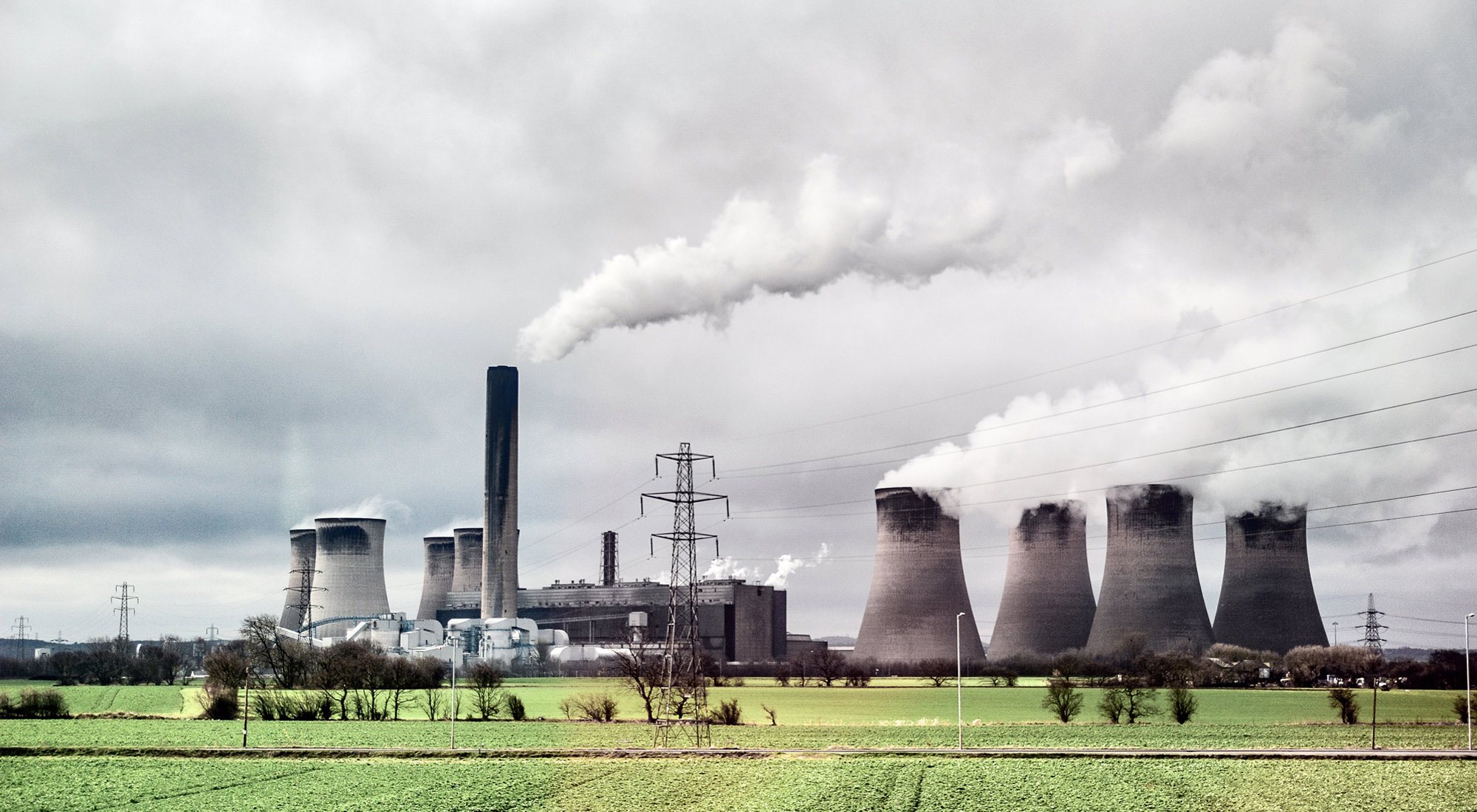The growing incorporation of technology in the construction industry and pressure to reduce energy wastage has led to increasing numbers of buildings utilising smart technology. Smart buildings include analytical tools which can predict the needs of those using the building and monitor parts and systems, flagging them for repair or maintenance. Sensors in a smart building's infrastructure can have a positive effect in terms of reducing energy usage and carbon emissions. However, smart buildings are challenging to design and build, often requiring sophisticated construction techniques and complex mechanical and electrical infrastructure which can lead to claims against the contractor and professional team if they do not meet requirements. Smart buildings are also more at risk from cyberattacks than legacy buildings: a hacker who gains access to a building's system can cause chaos.
Informed Insurance
Informed Insurance

Climate change litigation in 2026: Actions in Asia and Africa highlight increasing risks for states and corporates
To accompany the fifth edition of our interactive climate change litigation map, our experts look back over the significant decisions from 2025 and...

A green light for Italian climate change litigation: Greenpeace and others v ENI
The Court of Cassation in Italy has handed down a judgment that will have wide-reaching implications for climate change litigation in Italy, after ...

A starting point, but not the final word: International Court of Justice issues landmark climate opinion
The International Court of Justice has issued a historic advisory opinion that states worldwide have legally binding obligations under climate chan...

Our Top Five Economic predictions for 2025
To highlight our new economic theme on Informed Insurance, Charlotte Shakespeare, Legal Director and editor of our Predictions for 2025, shares her...

Our Top Five ESG predictions for 2025
In our ongoing #DACBCrystalBall series, Charlotte Shakespeare, Legal Director and editor of our Predictions for 2025, shares her Top Five ESG predi...

Predictions 2024 – Charlotte Shakespeare's Top Ten
In our ongoing #DACrystalBall series, Charlotte Shakespeare, Legal Director and editor of our Predictions for 2024, once again shares her Top Ten p...